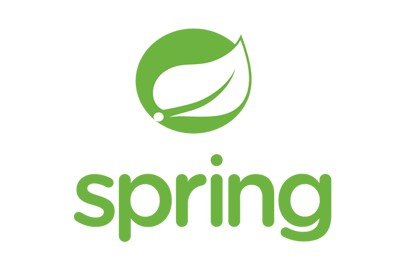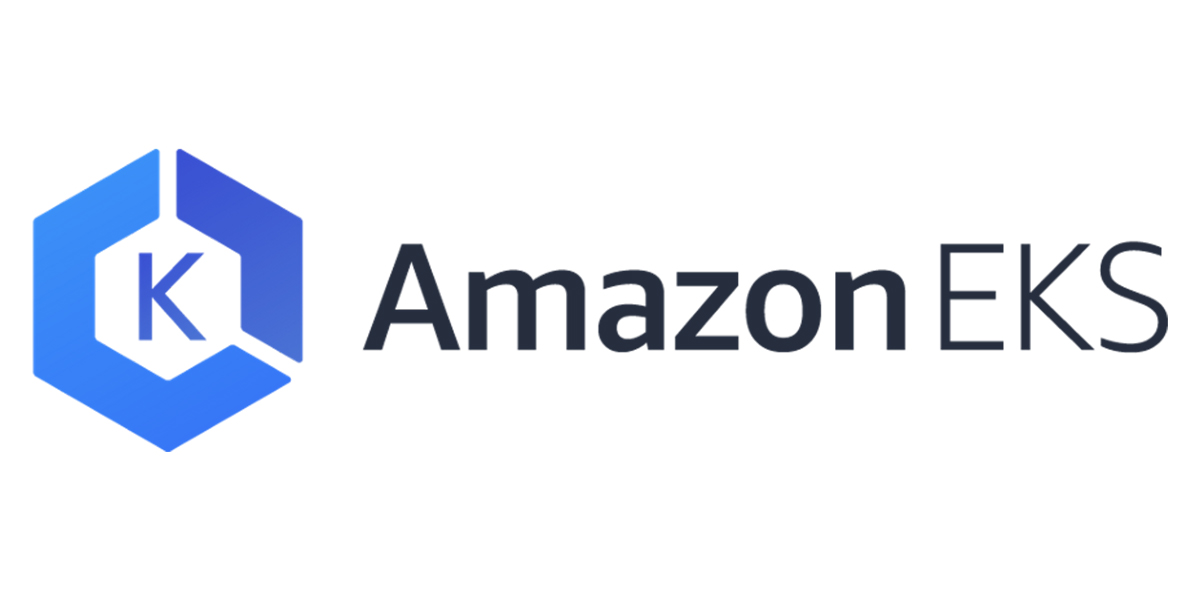- [Practical Testing] Section 2. 단위 테스트
- [Practical Testing] Section 3. TDD
- [Practical Testing] Section 4. 테스트는 [ ] 다
- [Practical Testing] Section 5-1. Spring & JPA 기반 테스트
- [Practical Testing] Section 5-2. Spring & JPA 기반 테스트
- [Practical Testing] Section 6. Mock 을 마주하는 자세
- [Practical Testing] Section 7. 더 나은 테스트를 위한 구체적 조언
- [Practical Testing] Section 8. Spring Rest Docs
[Practical Testing] Section 5-2. Spring & JPA 기반 테스트
Presentation Layer
Presentation Layer 는 외부 세계의 요청을 가장 먼저 받는 계층으로, 파라미터에 대한 최소한의 검증을 수행합니다.
코드는 생략하고 테스트 로직만 적겠습니다.
ProductControllerTest
@WebMvcTest(ProductController.class) //@WebMvcTest 를 사용합니다.
class ProductControllerTest {
@Autowired MockMvc mockMvc;
@MockBean ProductService productService; //ProductController 에서 사용하는 productService 는 Mock 으로 주입합니다.
@Autowired ObjectMapper objectMapper;
@Test
@DisplayName("신규 상품을 생성한다.")
void createProduct() throws Exception {
//given
ProductCreateRequest request = ProductCreateRequest.builder()
.type(HANDMADE)
.sellingStatus(SELLING)
.name("아메리카노")
.price(4000)
.build();
//when
ResultActions actions = mockMvc.perform(post("/api/v1/products/new")
.content(objectMapper.writeValueAsString(request))
.contentType(MediaType.APPLICATION_JSON)
);
//then
actions
.andDo(print())
.andExpect(status().isOk());
}
@Test
@DisplayName("신규 상품을 등록할 때 상품 타입은 필수값이다.")
void createProductWithoutType() throws Exception {
//given
ProductCreateRequest request = ProductCreateRequest.builder()
.sellingStatus(SELLING)
.name("아메리카노")
.price(4000)
.build();
//when
ResultActions actions = mockMvc.perform(post("/api/v1/products/new")
.content(objectMapper.writeValueAsString(request))
.contentType(MediaType.APPLICATION_JSON)
.accept(MediaType.APPLICATION_JSON)
);
//then
actions
.andDo(print())
.andExpect(status().isBadRequest())
.andExpect(jsonPath("$.code").value(400))
.andExpect(jsonPath("$.status").value("BAD_REQUEST"))
.andExpect(jsonPath("$.message").value("상품 타입은 필수입니다."))
.andExpect(jsonPath("$.data").isEmpty());
}
... //다른 validation 검증 테스트
@Test
@DisplayName("판매 상품을 조회한다.")
void getSellingProducts() throws Exception {
//given
List<ProductResponse> result = List.of();
given(productService.getSellingProducts()).willReturn(result);
//when
ResultActions actions = mockMvc.perform(get("/api/v1/products/selling")
);
//then
actions
.andDo(print())
.andExpect(status().isOk())
.andExpect(jsonPath("$.code").value(200))
.andExpect(jsonPath("$.status").value("OK"))
.andExpect(jsonPath("$.message").value("OK"))
.andExpect(jsonPath("$.data").isArray());
}
}
Presentation Layer 의 테스트는 크게 두가지입니다.
- 요청한
Status와message가 그대로 오는지 Validation이 잘 작동하는지
인데요. 그 외에 로직이 잘 수행되는지는 이미 Business Layer 를 검증하면서 확인했기 때문에 Mock 객체도 값을 구체적으로 반환할 필요는 없습니다.
몇가지 중요한 점만 짚어보겠습니다.
validation 의 분리
아래는 API 가 받는 요청메세지인 ProductCreateRequest 입니다.
@Getter
@NoArgsConstructor
public class ProductCreateRequest {
@NotNull(message = "상품 타입은 필수입니다.")
private ProductType type;
@NotNull(message = "상품 판매상태는 필수입니다.")
private ProductSellingStatus sellingStatus;
@NotBlank(message = "상품 이름은 필수입니다.")
@Length(max = 20, message = "상품 이름은 20자 이하여야 합니다.") //20자 -> 도메인에 맞는 특정한 값... String 에 대한 최소한의 조건만 검사
private String name;
@Positive(message = "상품 가격은 양수여야 합니다.")
private int price;
name 필드를 보면 ` @NotBlank 와 @Length 를 함께 사용하고 있습니다. **하지만 이렇게 설계하는 게 좋을까요?** @NotBlank 는 어떻게 보면 String 을 검증하는 데 있어서 당연한 검증입니다. **하지만 @Length 는 엄연히 도메인 지식이 필요한 비즈니스 로직입니다.** 이러한 비즈니스 로직은 Business Layer 나 Persistence Layer 가 처리할 문제이지, API 계층이 처리할 문제는 아닙니다. 따라서 모든 Validation` 을 API 계층이 처리한다고 생각하면 안됩니다. 만약 비즈니스에 따라 검증 결과가 변경되어야 하는 경우에 곤란해지는 상황이 발생하겠죠.
API 계층과 Business 계층 사이의 DTO 사용
API 계층에서 받는 DTO 를 그대로 Business 계층으로 보내면 어떻게 될까요? 몇 가지 문제점이 있습니다.
- API 계층이 확장될 때 확장된 컨트롤러가 기존 컨트롤러의 DTO 를 알아야 합니다.
- 만약 A API 계층이 B Business 계층으로 데이터를 넘길 때
RequestDto를 곧장 넘긴다고 가정해봅시다. 이때 서비스를 확장해서 모바일용 A2 API 계층이 생겼고, 해당 계층 또한 B Business 계층으로 데이터를 넘겨야 합니다. 이때 A2 API 계층은 A API 계층의RequestDto를 사용할 수밖에 없습니다. 즉 모든 API 계층이 논리적으로 결합이 되는 겁니다.
- 만약 A API 계층이 B Business 계층으로 데이터를 넘길 때
- 또한 하위 레이어가 상위 레이어에 따라 변경되는 문제점이 있습니다.
- 위 예시에서, B Business 계층이 A API 계층의 Dto 를 사용하기 때문에 해당
Dto가 변경된다면 B Business 의 코드도 변경되어야 합니다.
- 위 예시에서, B Business 계층이 A API 계층의 Dto 를 사용하기 때문에 해당
- 모듈로 분리할 때
Validation문제가 생깁니다.- API
Dto는validation이 있는데, 모듈을 분리할 때 해당validation도 함께 Business 계층이 있는 곳으로 따라가야하는 문제가 있습니다.
- API
CQRS
CQRS 는 Command and Query Responsibility Segregation의 약자로, 이는 커맨드(명령, 상태를 변경하는 작업)와 쿼리(조회, 상태를 읽는 작업)를 분리하는 패턴입니다. 이렇게 하면 읽기와 쓰기에 최적화된 모델을 따로 구성할 수 있으며, 시스템의 복잡성을 관리하는 데 도움이 됩니다.
CQRS는 단순한 애플리케이션에는 과도한 복잡성을 추가할 수 있지만, 대규모 시스템에서는 성능 최적화, 유연성 향상, 복잡성 분리 등의 이점을 제공합니다.
CUD 와 R 의 비율은 도메인에 따라 다르지만 2:8 정도이며, CQRS 를 사용하여 DB 에 대한 엔드포인트 구분을 할 수 있습니다. (readOnly DB 와 Write DB 구분)
@webMvcTest 테스트에서 @EnableJpaAuditing을 스캔하지 못하는 문제
@SpringBootApplication 에서 @EnableJpaAuditing 붙여놓으면 @webMvcTest 테스트에서 스캔하지 못합니다. 따라서 Entity 를 등록할 때 오류가 발생합니다.
이를 해결하기 위해 아래와 같이 @Configuration 파일을 따로 만들고 @SpringBootApplication 에서는 삭제합니다.
//webMVC 테스트에서 @EnableJpaAuditing을 스캔하지 못하는 문제를 해결하기 위해 추가
@Configuration
@EnableJpaAuditing // JPA Auditing 활성화
public class JpaAuditingConfig {
}



댓글남기기